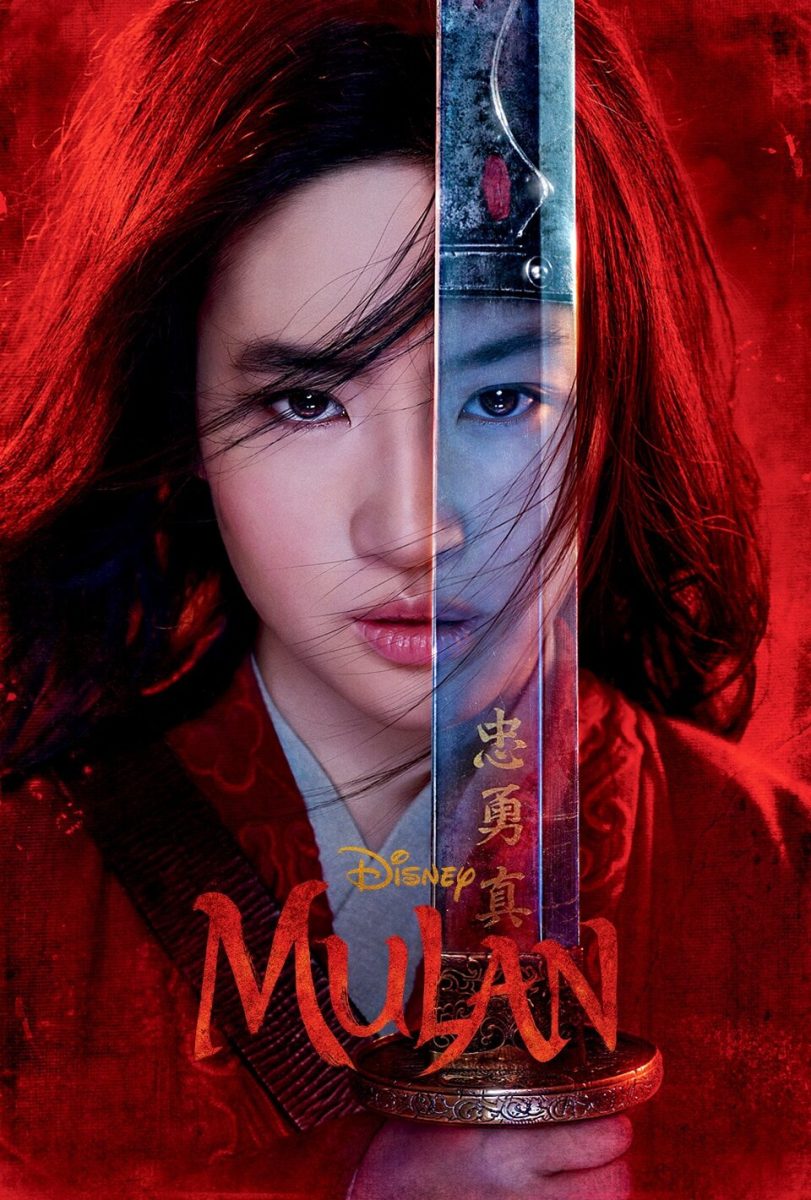Photo courtesy of Disney Australia
Live-action adaptations have been Disney’s new secret formula for making a profit at the box office. Recent successes such as “Beauty and the Beast,” “Aladdin” and “The Lion King” were not only brought to life, but they also generated a sense of nostalgia through their basic storyline, characters and music.
Now, another movie has been revived – a live-action remake based on the 1998 animated classic “Mulan.” It was released on Disney+, with Premium Access for an additional fee of $29.99, on Friday, Sept. 4. Although the team behind “Mulan” initially aimed for a March 2020 theatrical release, they had no choice but to release it on the streaming platform due to COVID-19.
The film faced a few boycotts, namely when Liu Yifei, who plays the titular role of Mulan, expressed her support for the Hong Kong police, who have responded to pro-democracy protests in the region with brutality against civilians. It faced additional backlash when Disney acknowledged the film was shot in Xinjiang, a region in which the Chinese government has perpetrated severe human rights violations against China’s Uighur Muslim population.
According to CBS News , “Boycott Mulan” was trending on Twitter after the film’s release, with many users drawing attention to the fact that the end credits of the movie thanked the Chinese Communist Party Xinjiang Uyghur [sic] Autonomous Region Committee.
Prior to the release of the film, there was also controversy and speculation regarding several changes in the live-action remake, such as the lack of musical numbers, the elimination of some of the original characters and the addition of new characters in the live-action version.
According to Niki Caro, the director, the reason behind the lack of musical numbers was that she wanted to make a realistic adaptation of the film, ultimately focusing on the main storyline and action sequences. However, in order to make up for the missing musical numbers, lyrics from the songs were placed in several different scenes as dialogues throughout the movie. Additionally, the songs played a significant role in the background score, which can be heard at pivotal points throughout the movie.
The film’s producer, Jason Reed, even explained why Li Shang, a significant character from the animated movie, was removed from the live-action version. According to Reed, the filmmakers were not comfortable with having a commanding officer who also portrays the role of the love interest. As a result, the role of Li Shang was split into two characters, Commander Tung (Donnie Yen) and Chen Honghui (Yoson An).
The story of “Mulan” revolves around Mulan taking her father’s (Tzi Ma) place in the Chinese Imperial Army. She disguises herself as a male soldier and ultimately becomes a heroine after battling against Rouran invaders, led by Bori Khan (Jason Scott Lee) and accompanied by shape-shifter Xianniang (Gong Li).
Aside from the creation of new characters, several of the other changes altered the essence of the original. One such change was when Mulan ultimately reveals herself as a woman, as opposed to being caught after being wounded in battle. Another major difference occurred at the beginning of the film, where Mulan shows an interest in martial arts from an early age. In the original film, she works her way through – ultimately proving her worth in the army. Some plot points remained the same, especially the avalanche scene and the ultimate showdown between Mulan and Bori Khan.
It is clear that this movie was made in a darker and more serious tone than its animated counterpart, making it the only live-action Disney movie to receive a PG-13 rating. Even though the majority of the film did have elements from its predecessor, it did seem like a bit of a letdown as this movie had the potential to become critically acclaimed.
Overall, the live-action adaptation of “Mulan” is a hit-or-miss in many areas. At times the movie excelled through its performances, cinematography, costumes and action sequences. It looked like the movie was made into an epic war drama, making it visually spectacular. However, the changes made from the original were sometimes not fan-favorites, and the film’s serious controversy is difficult to overlook.







